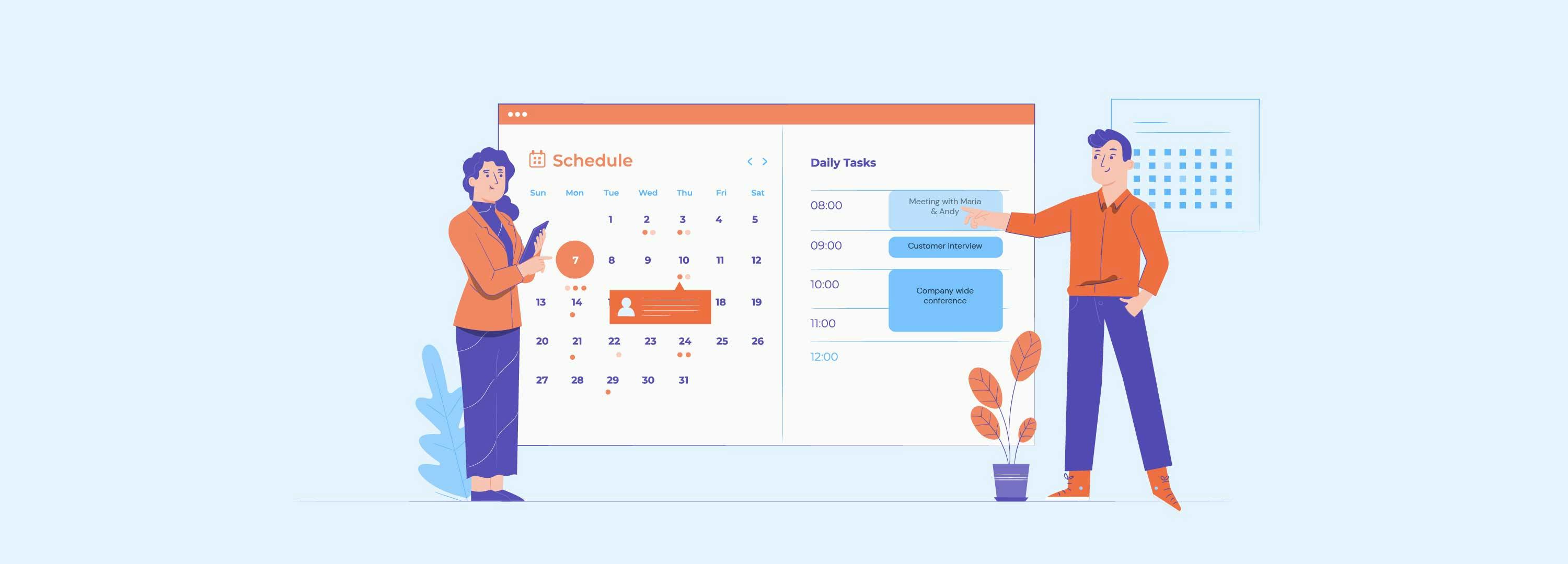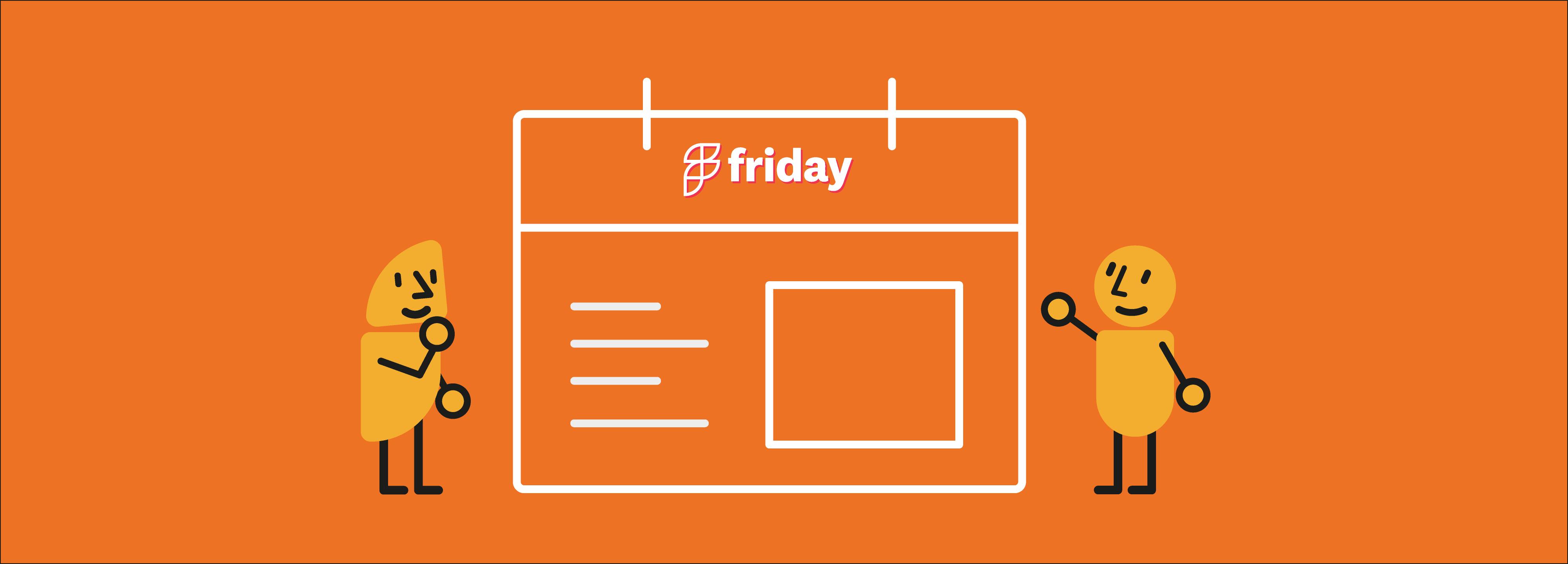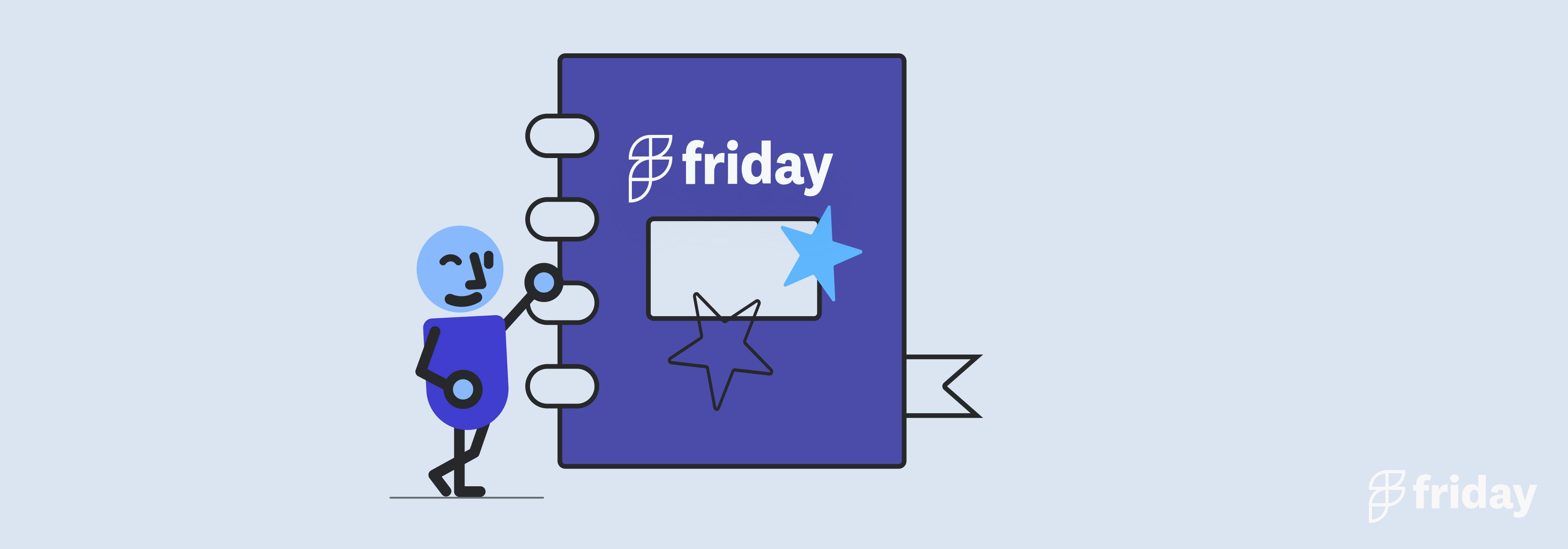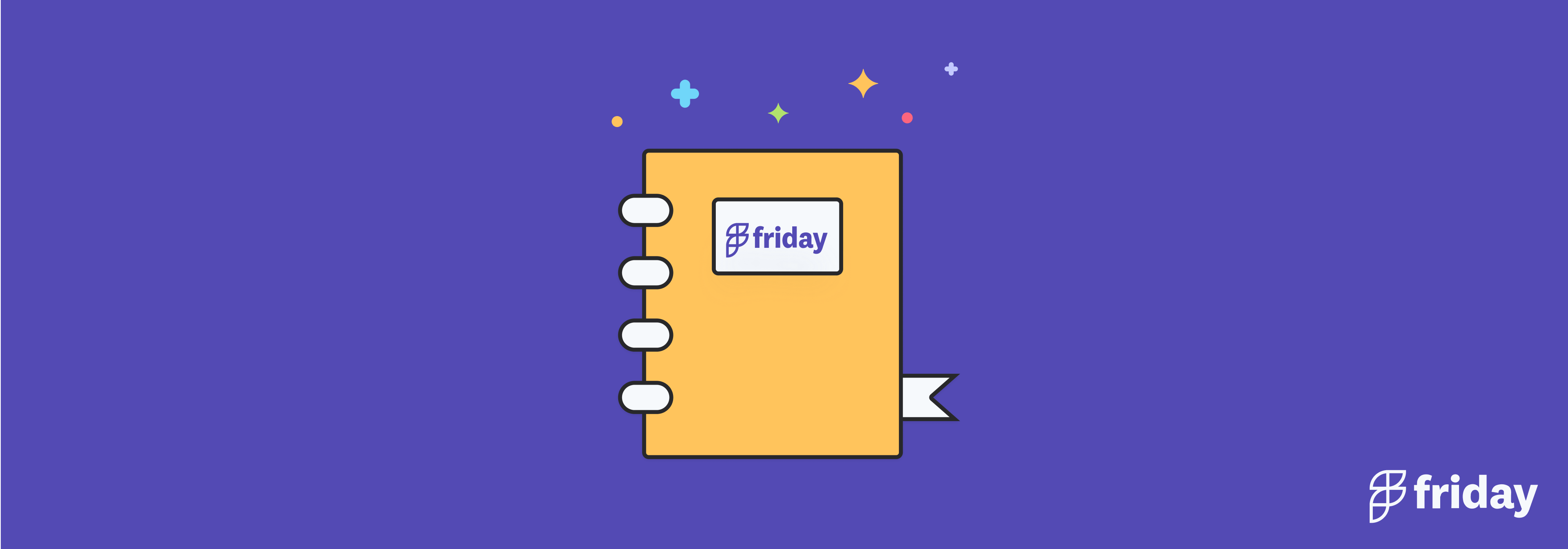8 Types Of Planners & How To Choose The Best One

Time management is one of the biggest challenges faced by most professionals irrespective of where you are in your professional journey. In fact, even your day-to-day productivity levels vary.
Some days, sky's the limit and then there are days when even responding to emails seems tough. Modern tools such as daily planner apps and digital planners can help us better roadmap our days and add some order to chaos.
They help you improve your personal productivity by staying on top of high-priority tasks and ensures that you get at the least the most important work done even on days when you’re not feeling your best.
1. Blank Planners
Blank planners give you the opportunity to design and use your planners the way you like. They’re a blank canvas and you can use them for one aspect of your life such as financial planning or work and use them as one place where you plan everything. Blank planners give you the option to be a bit creative and use the planner the way you like without any limitations.
Online:
- Todoist - Todoist offers multiple features such as subtasks, sub-projects, recurring tasks, notifications, different priorities, and more. More Todoist alternatives to explore!
- Asana - Asana is another great project management tool with a fantastic to-do list feature.
- Notion: It is one of the better-looking workspaces to organize your tasks, create notes, project plans, presentations, organized docs, and more.
- Workflowy: Easy-to-use digital notebook for keeping lists or organizing research
Complete review of online planners.
Paper:
- Lemome Planner: Great for traditionalists who want a straightforward schedule without a lot of goal setting, reflection.
- Moleskine Planner: Blocks of space for each day to take notes without appointments or a schedule. There is also a blank page next to each week so you can quickly take notes.
Complete review of recommended paper planners.
2. Work Planners
Whether you’re a part of some team, or a manager, or someone who runs their own business, you need a work planner to keep track of your day-to-day activities. There are always people you need to follow up with, tasks that need to be finished, and plans that need to be made. When you use a planner for work, you keep all of these details organized in one place so that you don’t have to refer to different applications, notebooks, emails, and journals to find something.
Online
- Trello: It uses a kanban board approach where you assign dashboards that contain individual cards with the task details.
Paper
- Action Day Timeboxing Planner/Journal. Our top recommended paper planner! Use it for timeboxing. Recommended for highly communicative people in fields like sales or business development
- Ink & Volt Goal Planner. Best for reflection and weekly planning and recommended for ambitious people, but not micro-managers.
3. Bullet Journal
A bullet journal is exactly what it sounds like and it's another great idea for a planner. It’s a simple journal where you use bullets to plan your entire day. It’s a blank canvas and perfect for those who want to design their own planner. Bullet journals don’t go into too much detail and are great for those who like to keep things simple and minimal. To get started, you have to organize your bullet journal--this video from the official Bullet Journal account is a great overview.
- A paper bullet journal with the bullet journal grids. (This article helps you decide if a paper journal or digital journal is right for you)
- Google Keep or Google Tasks
4. Personal Planners
These types of planners are great to keep your personal and professional life separate. You can use personal planners to keep track of doctor appointments, scheduling important dates for the kids, planning date nights with your spouse, and even doing some meal planning. Are there any chores that you need to do around the house? Like calling a plumber or fixing that light in the basement? All these tasks can be included in your personal planner.
- Things 3: It is the perfect app for those who want something that they can start using immediately.
- The Life Planner Binder from Erin Condren: Choose your layout and in a variety of colors
- Todoist: Keep a running list of tasks and personal errands.
5. Financial Planners
These are the types of planners that help you stay focused on your financial goals. They center on monthly bills, budgeting, expense logs, bill trackers, and more. They help you keep a track of how much money you’re making, what you’re spending, and if you’re saving/investing anything.
- Money Lover-Money Manager: Available on Android, iOS, and Windows
- Clever Fox Budget Planner
6. Basic Planners (Minimalist or Entry Level)
These are planners that you might have seen in your school days for keeping track of your assignments and all your other school activities. These were the types of planners that you normally got at the beginning of the year and they did make for good Christmas gifts. As the name suggests, these planners are basic and don’t come with all the bells and whistles but they’re a great place to start organizing your thoughts and being productive.
- Field Notes: One of the simplest blank paper planners with empty text fields for each day of the week
- JSTORY Planner: Large format with each week on one page. Very simple and flexible to use
7. Health And Fitness Planners
There are fitness goals that you set at the beginning of the year and then there are some that you set during the year. Any time is a good time to decide to be fit and the journey becomes easy when you have a plan that can help you keep track of your progress. Fitness planners help you keep an eye on your meals, total calorie intake, the kind of exercises that you’re doing, and more.
- Fitlosophy Fitbook: fitness journal and planner for workouts, weight loss, and exercise.
- Sore Today Strong Tomorrow Fitness Planner: Workout log and meal planning notebook to track nutrition, diet, and exercise
8. Travel Planners
Travel planning apps like Pilot help you plan your trip all in one place. They’re a great way to avoid having to open 100+ tabs for your next trip. They also make planning trips with friends much easier. Instead of having to plan your trip via multiple apps such as shared Google doc, spreadsheet, Google My Maps, and a messy Messenger chat, you’ll be able to do it all in one app and keep everything updated and centralized in one place. This makes travel much easier and more enjoyable, since you can be confident you’re making the most of your trip and not missing anything important!
Planning Options And Formats
The different types of planners listed above are one set of categories. When you start looking for planners, you’ll come across different combinations of layouts, dates, and formats. Here are some planning options and formats that you can explore to find your perfect planner.
Daily Planners
Daily planners have a page dedicated to one day. These planners are usually 365 pages and a few more. They’re pretty big and last you an entire year. Most of them come armed with a section of daily to-dos, appointments, gratitude section, and a few other extra sections that are personalized for each different planner available. If you like to plan your life down to the very hour of each day, then a daily planner app or paper planner can be a great option.
Weekly Planners
Generally, most planners come with a weekly planning format. These are simplified daily planners that don’t enter the monthly category (and don’t get overwhelming). You normally get a small box or a horizontal stripe for your days where you can put in short-quick notes about any appointments or any reminders. Some of these weekly planners also come equipped with a sidebar for notes or any extra information that you’d like to add. You can also use a digital version of a weekly planner.
Monthly Planners
Compared to the daily planner, monthly planners are pretty thin and help you get a more of a bird’s eye view of your month. Most of these planners come with 12 monthly calendar views. You may also get some that will come with extra notes pages (these could be placed between each month of stockpiled at the beginning or end of the planner).
Start Time Of Planners
Most planners’ start date is usually the beginning of the year. However, there are some that start at the beginning of an academic year or a new financial year. These are highly customized planners and are mostly intended for a specific purpose.
Paper Vs Digital Planners: Which Should You Choose?
When buying a planner, there’s one question that almost always pops up - should you opt for a paper planner or a digital one? If you like to keep things more personalized, then you could opt for a paper planner. It’s believed that if you write something by hand, all that complex sensory information increases the chances the knowledge will be stored for later. However, a digital planner reduces the extra clutter of an additional book, a pen, and physical space to store it. With syncing capabilities, you’ll be able to access your digital planner whenever you are.
To understand this better, here are some advantages of each kind.
Advantages of using a paper planner:
- You’re less distracted
- It helps you remember things better
- The act of writing things down can help you reduce stress
- You can use different supplies such as stamps, stickies, etc to add some flavor to it
Advantages to using a digital planner:
- It helps you save money
- You can edit as needed
- They can be synced to all your devices and accessed anytime anywhere
- It’s easier to set reminders on them
Planner FAQs
Have a question? Contact us at support@friday.app.




